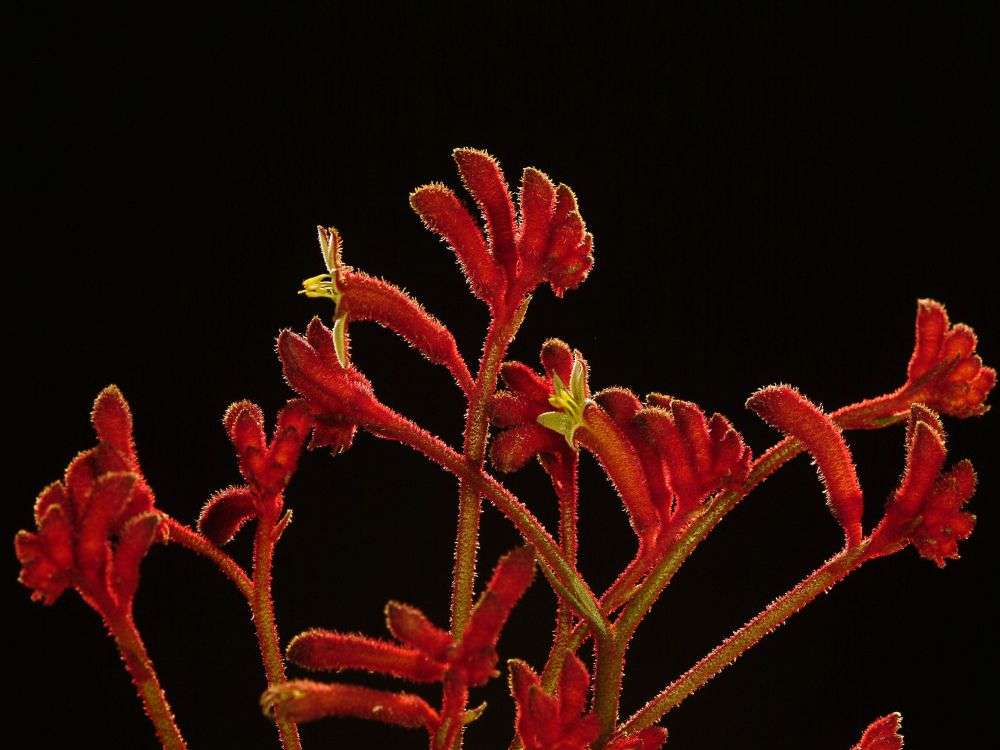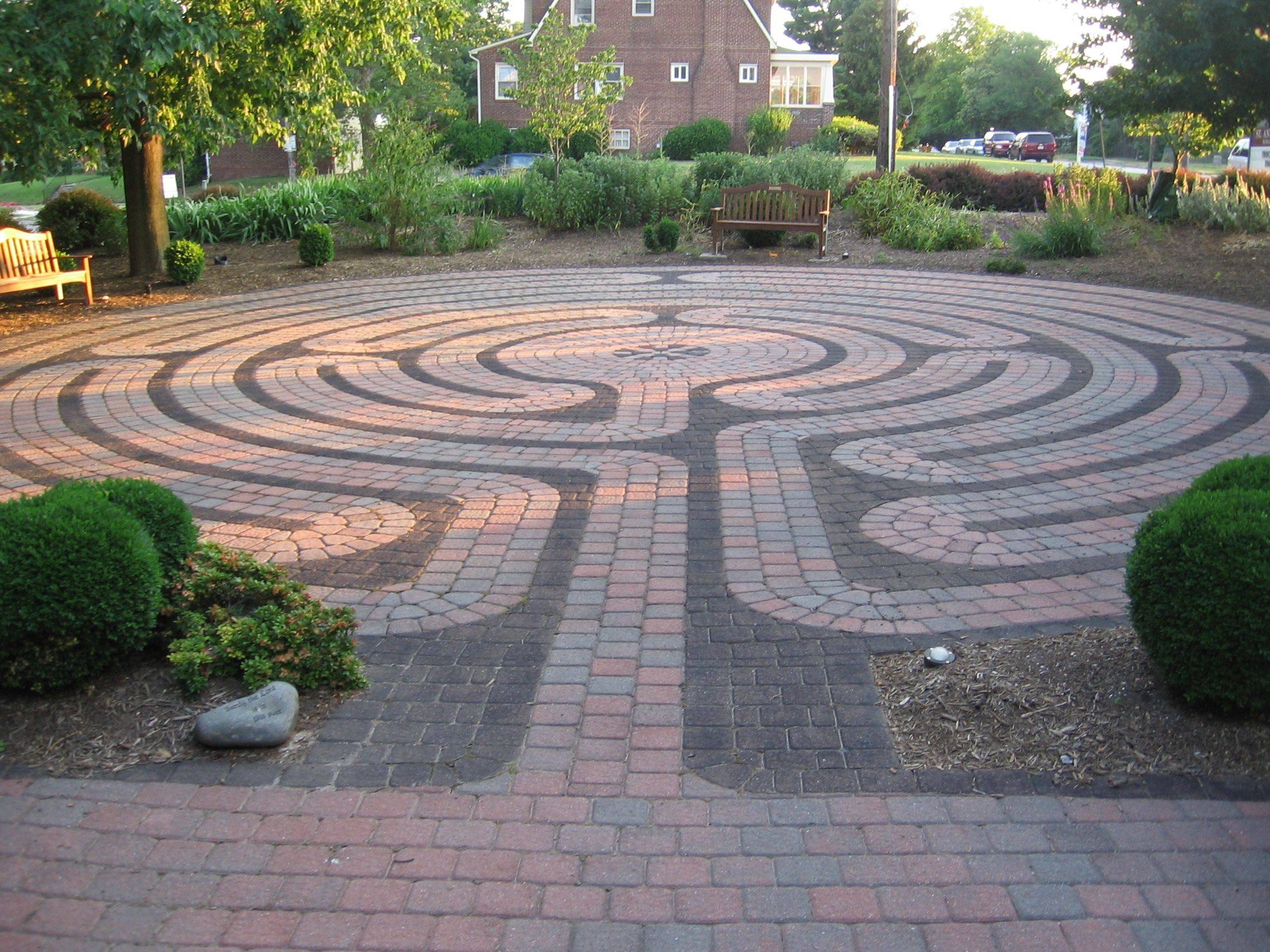
Embracing the Essence of Japanese Garden Design
The allure of a Japanese garden transcends mere landscaping; it’s a profound immersion into tranquility, a celebration of nature’s artistry, and a journey towards inner peace. These gardens, meticulously crafted over centuries, are not just spaces to be admired, but sanctuaries designed to evoke a sense of harmony and balance. If you’ve ever felt drawn to the serene beauty of Japanese gardens, this comprehensive guide will equip you with the knowledge and inspiration to cultivate your own personal oasis, a space where you can escape the hustle and bustle of modern life and reconnect with the natural world.
Creating a Japanese garden aesthetic is more than just planting a few cherry trees and placing a stone lantern. It involves understanding the underlying principles of design, the symbolism embedded in each element, and the subtle nuances that contribute to the overall feeling of serenity. This guide will explore the key elements of Japanese garden design, providing you with practical advice, inspiring examples, and a deeper appreciation for this timeless art form.
Fundamental Principles of Japanese Garden Design
Before you start digging and planting, it’s crucial to understand the core philosophies that underpin Japanese garden design. These principles are not just guidelines; they are the very soul of the garden, influencing every aspect from the selection of plants to the placement of stones. Let’s delve into the most important of these principles:
1. Naturalness (Shizen)
At the heart of Japanese garden design lies the concept of shizen, or naturalness. The aim is not to replicate nature perfectly, but to capture its essence, its inherent beauty, and its subtle imperfections. This means embracing asymmetry, avoiding rigid lines, and allowing plants to grow in a way that feels organic and unconstrained. The goal is to create a space that feels as if it has always been there, a seamless integration of the garden with its surrounding environment.
2. Simplicity (Kanso)
Kanso, or simplicity, is another key principle. Japanese gardens often eschew excessive ornamentation, instead focusing on the essential elements. This doesn’t mean the gardens are plain or lacking in detail; rather, it means that every element serves a purpose and contributes to the overall harmony. The emphasis is on creating a sense of calm and uncluttered space, where the eye can wander and the mind can relax.
3. Tranquility (Seijaku)
Seijaku, or tranquility, is perhaps the most important goal of a Japanese garden. Every element, from the placement of stones to the sound of flowing water, is carefully chosen to create a sense of peace and serenity. The garden should be a place where you can escape the stresses of daily life and find respite in the beauty of nature. This is achieved through a combination of carefully chosen elements, mindful design, and a deep understanding of the principles of harmony and balance.
4. Asymmetry (Fukinsei)
In direct contrast to the Western preference for symmetry, Japanese gardens often embrace asymmetry. This is because nature itself is rarely symmetrical. By avoiding perfect balance, Japanese gardens create a more dynamic and engaging experience. The arrangement of stones, plants, and water features is carefully considered to create a sense of visual interest and to draw the eye through the garden.
5. Borrowed Scenery (Shakkei)
Shakkei, or borrowed scenery, is the art of incorporating the surrounding landscape into the garden design. This might involve framing a distant mountain, incorporating a neighboring tree, or using the sky as a backdrop. The goal is to blur the boundaries between the garden and the outside world, creating a sense of vastness and connection to the broader environment.
Essential Elements of a Japanese Garden
Now that we’ve explored the underlying principles, let’s look at the essential elements that make up a Japanese garden. Each element plays a specific role in creating the overall aesthetic and contributes to the feeling of serenity.
1. Water (Mizu)
Water is a vital element in many Japanese gardens, symbolizing life, purity, and the flow of time. It can be incorporated in various ways, from a tranquil pond or a cascading waterfall to a simple water basin (tsukubai) for ritual cleansing. The sound of flowing water is particularly important, as it creates a soothing atmosphere and masks unwanted noise.
- Ponds: Ponds are often designed to mimic natural bodies of water, with irregular shorelines and carefully placed rocks and plants.
- Waterfalls: Waterfalls add a dynamic element to the garden, creating a sense of movement and providing a focal point.
- Tsukubai: Tsukubai are stone water basins used for ritual cleansing before entering a tea ceremony. They are often accompanied by a bamboo ladle (hisaku) and a small stone for rinsing the mouth.
2. Stone (Ishi)
Stones are the bones of the Japanese garden, providing structure, stability, and a sense of permanence. They are carefully selected and placed to create a sense of balance and harmony. The arrangement of stones is considered a form of art, with each stone carefully chosen for its shape, size, and texture. Stones are often used to create pathways, bridges, and focal points.
- Arrangement of Stones: The placement of stones is governed by specific principles, such as the use of odd numbers and the creation of a sense of balance and asymmetry.
- Stone Lanterns (Tōrō): Stone lanterns are a common feature in Japanese gardens, providing light and adding a touch of elegance.
- Stone Pathways: Stone pathways, often made of stepping stones (tobi-ishi), guide you through the garden and create a sense of journey.
3. Plants (Shokubutsu)
Plants are the living heart of the Japanese garden, providing color, texture, and a sense of seasonal change. The choice of plants is crucial, with an emphasis on native species and plants that complement the overall aesthetic. Evergreen trees, such as pines and maples, are often used to provide structure and year-round interest. Deciduous trees, such as cherry blossoms and Japanese maples, add seasonal color and beauty.
- Evergreens: Evergreens, such as pines (Pinus) and cryptomeria (Cryptomeria japonica), provide a sense of stability and longevity.
- Deciduous Trees: Deciduous trees, such as cherry blossoms (Prunus serrulata) and Japanese maples (Acer palmatum), offer seasonal interest with their vibrant colors.
- Bamboo: Bamboo (Bambusoideae) is a versatile plant used for various purposes, from fencing and screens to water features.
- Moss: Moss adds a sense of age and tranquility to the garden, creating a soft, green carpet.
4. Bridges (Hashi)
Bridges, often made of stone or wood, are not just functional elements; they also symbolize the journey from one world to another. They can be simple, arched structures or more elaborate designs, depending on the style of the garden. Bridges often cross water features or dry riverbeds, adding a sense of depth and perspective.
5. Lanterns (Tōrō)
Stone lanterns (tōrō) are iconic features of Japanese gardens, providing a soft, diffused light and adding a touch of elegance. They come in various shapes and sizes, each with its own symbolism. Lanterns are often placed near water features, pathways, or important viewing points.
6. Fences and Gates (Kaki and Mon)
Fences and gates define the boundaries of the garden, creating a sense of enclosure and privacy. They also serve as a transition between the outside world and the tranquil space within. Fences can be made of various materials, such as bamboo, wood, or stone, and they often incorporate intricate designs.
Types of Japanese Gardens
Japanese gardens come in a variety of styles, each with its own unique characteristics and aesthetic. Here are some of the most common types:
1. Stroll Gardens (Chisen Kaiyū Shiki Teien)
Stroll gardens are designed to be explored by walking along a winding path. They typically feature a pond, hills, and carefully placed elements to create a series of picturesque views. The path guides you through a carefully curated experience, revealing different aspects of the garden at each turn.
2. Dry Landscape Gardens (Karesansui)
Dry landscape gardens, also known as Zen gardens, use rocks, gravel, and sand to represent mountains, islands, and the sea. These gardens are designed for contemplation and meditation. The carefully raked gravel creates patterns that mimic the flow of water, and the placement of stones is carefully considered to create a sense of balance and harmony.
3. Tea Gardens (Chaniwa)
Tea gardens are designed to provide a tranquil setting for the tea ceremony. They typically feature a pathway leading to a tea house, with elements such as a stone lantern, a water basin, and carefully chosen plants. The garden is designed to create a sense of anticipation and to prepare the guest for the tea ceremony.
4. Courtyard Gardens (Tsubo-niwa)
Courtyard gardens are small, enclosed gardens often found in urban settings. They are designed to provide a sense of tranquility and to bring nature into the home. They often feature a small pond, a few carefully chosen plants, and a stone lantern.
Designing Your Own Japanese Garden: A Step-by-Step Guide
Creating a Japanese garden can seem daunting, but with careful planning and a little patience, you can transform your own space into a tranquil oasis. Here’s a step-by-step guide to help you get started:
1. Assess Your Space
Before you begin, take a good look at your space. Consider the size, shape, and existing features of your garden. What is the orientation? How much sunlight does it receive? What is the soil like? These factors will influence your design choices.
2. Plan Your Design
Research different styles of Japanese gardens and choose one that appeals to you. Sketch out your design, considering the principles of naturalness, simplicity, and tranquility. Decide on the key elements you want to include, such as water features, stone arrangements, and plant choices.
3. Prepare the Ground
Clear the area of any existing vegetation, rocks, and debris. Level the ground and amend the soil as needed. Japanese gardens often require well-draining soil, so consider adding compost or other organic matter.
4. Install the Hardscape
Begin by installing the hardscape elements, such as stone pathways, bridges, and water features. Carefully place stones according to your design, paying attention to balance and asymmetry. If you are creating a pond, ensure it is properly lined and sealed.
5. Plant Your Garden
Choose plants that are appropriate for your climate and soil conditions. Consider the size, shape, and texture of the plants, and how they will look throughout the year. Plant in layers, with taller plants in the background and smaller plants in the foreground. Don’t be afraid to experiment with different combinations.
6. Add Finishing Touches
Add finishing touches, such as stone lanterns, fences, and gates. Consider adding a water basin (tsukubai) and a bamboo ladle (hisaku). Rake the gravel in your dry landscape garden to create patterns. These small details can make a big difference in the overall aesthetic.
7. Maintenance and Care
Japanese gardens require regular maintenance to maintain their beauty. This includes pruning plants, weeding, raking gravel, and cleaning water features. With consistent care, your garden will thrive and bring you years of enjoyment.
Planting the Seeds of Serenity: Plant Selection and Placement
The choice of plants is paramount in creating a Japanese garden aesthetic. The plants should be carefully selected to complement the other elements of the garden, such as stone, water, and architecture. The goal is to create a sense of harmony and balance, with plants that provide interest throughout the year.
Key Plant Choices
Here are some plants commonly used in Japanese gardens:
- Japanese Maple (Acer palmatum): Known for its stunning foliage in autumn, adding vibrant reds, oranges, and yellows.
- Japanese Black Pine (Pinus thunbergii): Provides a strong, architectural presence and evergreen structure.
- Azaleas (Rhododendron spp.): Offer colorful blooms in spring and lush green foliage.
- Bamboo (Bambusoideae): Adds vertical interest and a sense of tranquility; used for screens, fences, and water features.
- Moss (Bryophyta): Creates a soft, green carpet and adds a sense of age and tranquility.
- Cherry Blossoms (Prunus serrulata): Celebrated for their ephemeral beauty in spring.
- Camellias (Camellia japonica): Offers beautiful flowers in winter and early spring.
Placement Strategies
The placement of plants is just as important as the choice of plants. Here are some tips:
- Layering: Plant in layers, with taller plants in the background, medium-sized plants in the middle, and smaller plants or ground cover in the foreground.
- Asymmetry: Avoid planting in symmetrical patterns. Embrace asymmetry to create a more natural and dynamic look.
- Focal Points: Use plants to create focal points, drawing the eye to specific areas of the garden.
- Seasonal Interest: Choose plants that offer interest throughout the year, with different blooming times and foliage colors.
- Texture and Color: Combine plants with different textures and colors to create visual interest. Consider the interplay of greens, reds, yellows, and browns.
Embracing the Zen: Dry Landscape Gardens and Their Design
Dry landscape gardens, or karesansui, are a unique and captivating style of Japanese garden. These gardens use rocks, gravel, and sand to represent mountains, islands, and the sea, providing a space for contemplation and meditation. They are a testament to the power of suggestion and the beauty of simplicity.
Key Elements of a Dry Landscape Garden
- Rocks: Rocks are the central element, representing mountains, islands, or other natural formations. They are carefully selected and arranged to create a sense of balance and harmony.
- Gravel/Sand: Gravel or sand is used to represent water. It is carefully raked to create patterns that mimic the flow of water or the ripples in the sea.
- Moss: Moss is often used to add a sense of age and tranquility to the garden.
- Stone Lanterns: Stone lanterns can be incorporated to provide a focal point.
Design Principles for Karesansui
- Balance and Harmony: The arrangement of rocks and gravel should create a sense of balance and harmony.
- Asymmetry: Asymmetry is key to creating a natural and dynamic look.
- Simplicity: Avoid clutter and focus on the essential elements.
- Symbolism: Each element should have a symbolic meaning, contributing to the overall message of the garden.
Creating the Raked Patterns
Raking the gravel or sand is an essential part of maintaining a dry landscape garden. The patterns can represent the flow of water, the ripples in the sea, or other natural phenomena. The patterns are often raked in a circular or linear fashion, depending on the desired effect. The act of raking can be a meditative practice itself, bringing a sense of calm and focus.
The Tea Garden’s Tranquility: Creating a Chaniwa
The tea garden, or chaniwa, is a special type of Japanese garden designed to create a tranquil setting for the tea ceremony. It is a place of quiet contemplation, a space to prepare the mind and body for the ritual of tea. The garden is designed to evoke a sense of anticipation and to heighten the sensory experience.
Key Elements of a Chaniwa
- Pathway: A winding path leads from the entrance gate to the tea house, creating a sense of journey and anticipation.
- Stone Lanterns: Stone lanterns illuminate the path and add a touch of elegance.
- Water Basin (Tsukubai): The tsukubai is a stone water basin used for ritual cleansing before the tea ceremony.
- Stepping Stones (Tobi-ishi): Stepping stones guide you along the path, encouraging mindful walking.
- Plants: Carefully chosen plants create a sense of harmony and seasonal interest.
Designing the Chaniwa
- Seclusion: The garden should be secluded and private, creating a sense of intimacy.
- Naturalness: The garden should feel natural and unpretentious, avoiding excessive ornamentation.
- Simplicity: The focus should be on the essential elements, creating a sense of calm and clarity.
- Harmony: The garden should be in harmony with the tea house and the surrounding environment.
Maintaining Your Japanese Garden: A Lifelong Journey
Creating a Japanese garden is a rewarding experience, but it’s important to remember that it’s a living work of art. Regular maintenance is essential to preserve its beauty and tranquility. Here’s what you need to know:
1. Pruning and Trimming
Pruning and trimming are essential for maintaining the shape and health of your plants. Prune trees and shrubs regularly to remove dead or diseased branches, shape the plants, and control their size. The pruning style should reflect the natural form of the plant, avoiding harsh cuts.
2. Weeding
Weeding is crucial to prevent unwanted plants from taking over your garden. Remove weeds regularly, being careful not to disturb the other plants. Mulching can help to suppress weed growth.
3. Raking Gravel/Sand
If you have a dry landscape garden, raking the gravel or sand is an essential part of maintenance. Rake the patterns regularly to maintain their appearance and to keep the gravel or sand clean. This task can be a meditative practice in itself.
4. Cleaning Water Features
If you have a pond or other water features, keep them clean and free of debris. Remove leaves and other organic matter regularly to prevent the water from becoming stagnant. You may need to clean filters or use a pond vacuum.
5. Fertilizing
Fertilize your plants as needed to promote healthy growth. Use a balanced fertilizer that is appropriate for the type of plants you have. Follow the instructions on the fertilizer label carefully.
6. Pest and Disease Control
Inspect your plants regularly for signs of pests or diseases. Take action promptly if you notice any problems. Use organic pest control methods whenever possible.
7. Seasonal Adjustments
Make seasonal adjustments to your maintenance routine. For example, you may need to water more frequently during the summer months or protect your plants from frost during the winter.
Embracing the Journey: The Enduring Appeal of Japanese Gardens
Creating a Japanese garden is a journey, not just a destination. It’s a process of learning, experimenting, and connecting with nature. The rewards are immeasurable: a tranquil space to escape the stresses of daily life, a beautiful environment to enjoy, and a deeper appreciation for the beauty and harmony of the natural world.
Whether you choose to create a traditional stroll garden, a Zen-inspired dry landscape, or a serene tea garden, the principles of Japanese garden design can be applied to any space. The key is to embrace the core values of naturalness, simplicity, and tranquility. By incorporating these principles into your garden design, you can create a space that is not only beautiful but also deeply meaningful.
So, take your time, do your research, and let your creativity guide you. With a little effort and a lot of passion, you can transform your garden into a sanctuary of peace and beauty, a place where you can connect with nature and find inner harmony. The journey of creating a Japanese garden is a rewarding one, a path to serenity that will enrich your life for years to come.


